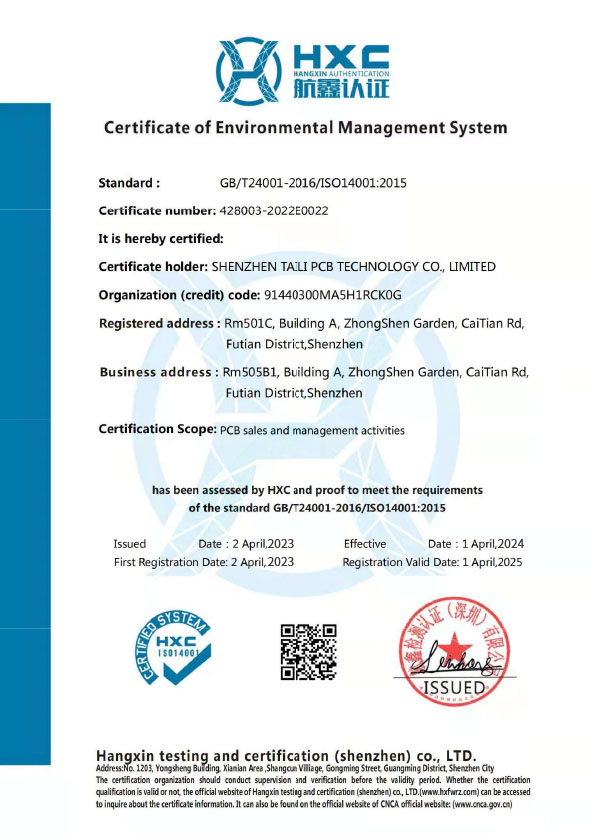Elevate Your Projects with Premium Wholesale Solutions from a Leading China Customization PCB PCBA Factory: Precision, Reliability, and Unmatched Quality.
Are you seeking top-notch wholesale PCBA solutions that redefine excellence? Look no further, as our China Customization PCB PCBA Factory brings you cutting-edge manufacturing and services tailored to meet your intricate requirements.
Our wholesale PCBA products are meticulously designed for precision and reliability, ensuring peak perf

It involves the combination of Surface Mount Technology (SMT) placement processing and Dual In-line Package (DIP) plug-in processing. According to different production technology requirements, it can be categorized into single-sided SMT mounting process, single-sided DIP insertion process, single-sided mixed mounting process, single-sided mixed SMT and DIP process, double-sided SMT mounting process, and double-sided mixed mounting process, among others. The PCBA circuit board assembly process is highly intricate, typically undergoing nearly 50 procedures, encompassing crucial stages such as circuit board production, component procurement and inspection, SMT soldering, DIP insertion, PCBA testing, and more. The assembly method and process for PCBA primarily depend on the type of components being assembled and the equipment conditions for assembly. So, what are the key steps involved in PCBA circuit board assembly?
Solder paste printing is a foundational step in PCBA circuit board assembly. Regardless of the type of PCB assembly, this step remains consistent. A thin metal stencil is placed on the board, ensuring that solder paste is applied only to the areas where components will be installed. After applying the solder paste, the stencil is removed from the board.

Component installation involves the picking and placing of components, which can be done manually or mechanically through an automated system. For through-hole PCB components, manual installation is performed. In surface-mount PCB assembly, this is carried out by automated machines. Automated component installation offers a fast, precise, and error-free process.
Soldering is conducted to connect the components on the PCB. For through-hole components, wave soldering is performed. In this case, the PCB with installed components moves over a wave of molten solder. This liquefies the solder balls, which then solidify as the solder paste cures at room temperature. In surface-mount PCB assembly, reflow soldering is executed. In this process, the PCB is passed through a furnace heated to a temperature of 500°F. The solder paste melts and settles with the components upon cooling.
Inspection and quality testing are carried out to ensure the functionality of the equipment. This involves three different inspection methods:
After-assembly inspection and functional testing are conducted once the assembly is complete. This includes functional tests such as microscopic slice testing, contamination testing, and solderability testing to conclude the process.
It is crucial to choose a company specialized in the manufacturing of printed circuit boards (PCBs), ensuring they are a genuine manufacturer rather than mere brokers or intermediaries. This ensures an adequate level of expertise and commitment to guarantee the quality and reliability of the printed circuit boards.

Professional pcb certificate
Outstanding PCBA manufacturers should excel in various PCB soldering techniques, including Surface Mount Technology (SMT), through-hole soldering, and manual soldering. Choosing the appropriate technique based on project requirements is vital to ensuring the effectiveness and reliability of assembled boards.
Timely delivery is a critical factor, and the time required from placing an order to delivery must be reasonable. On-time delivery is paramount to avoiding disruptions to production schedules or product releases. Manufacturers should provide detailed Design for Manufacturability (DFM) reports, offering enhanced design suggestions to help avoid potential manufacturing issues and costs.